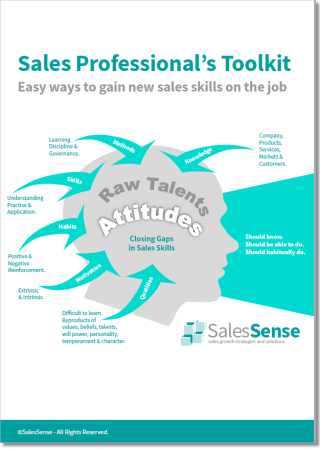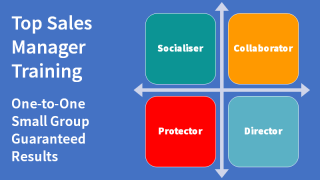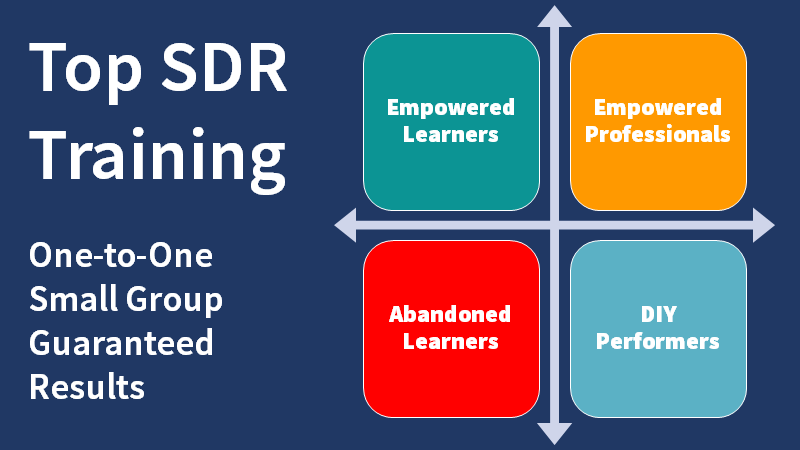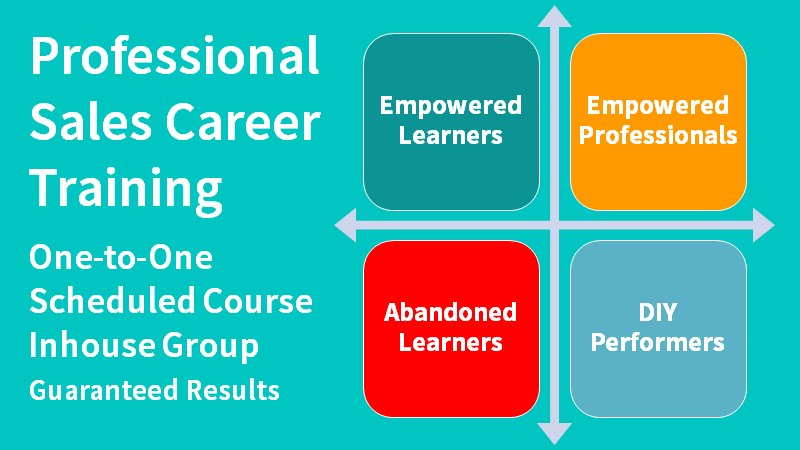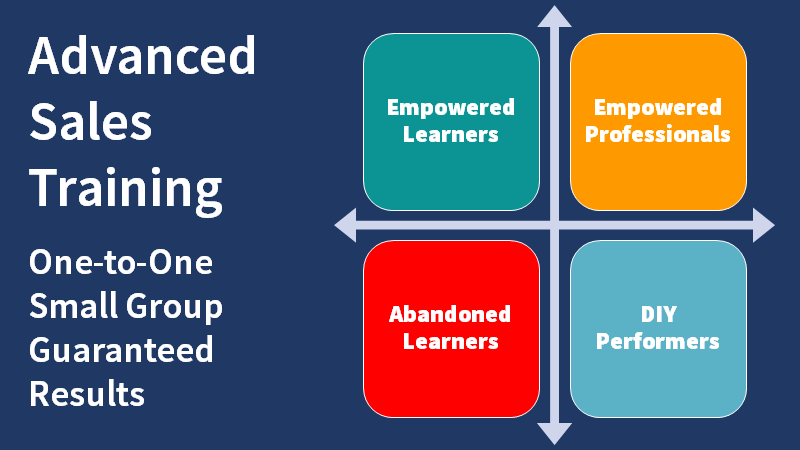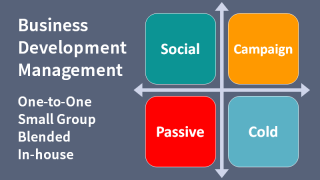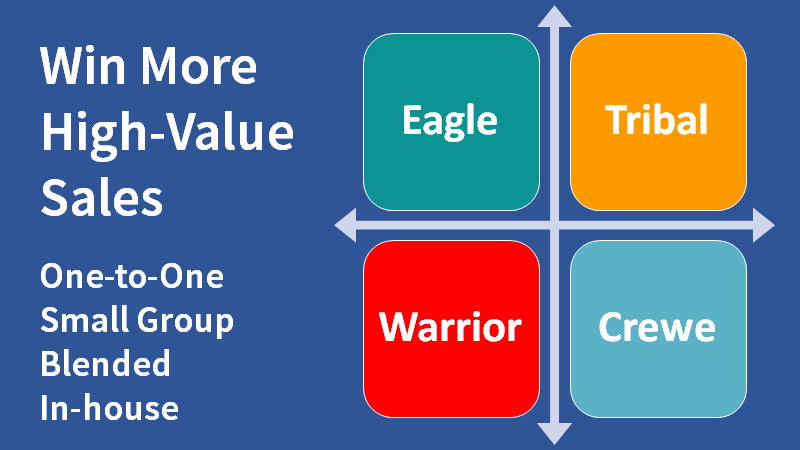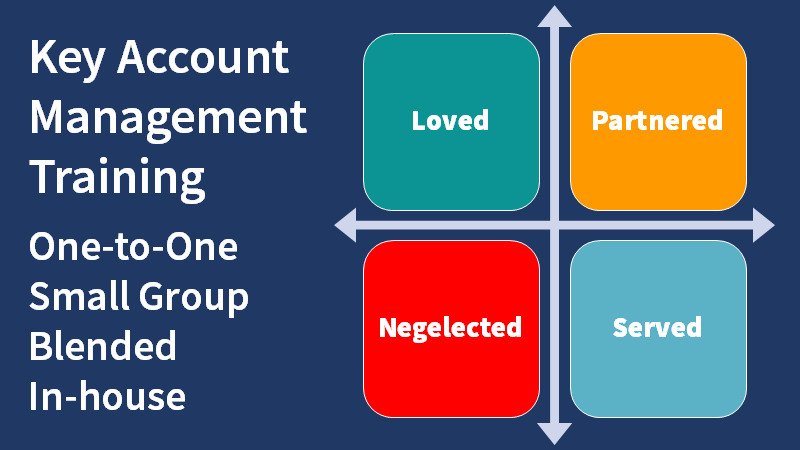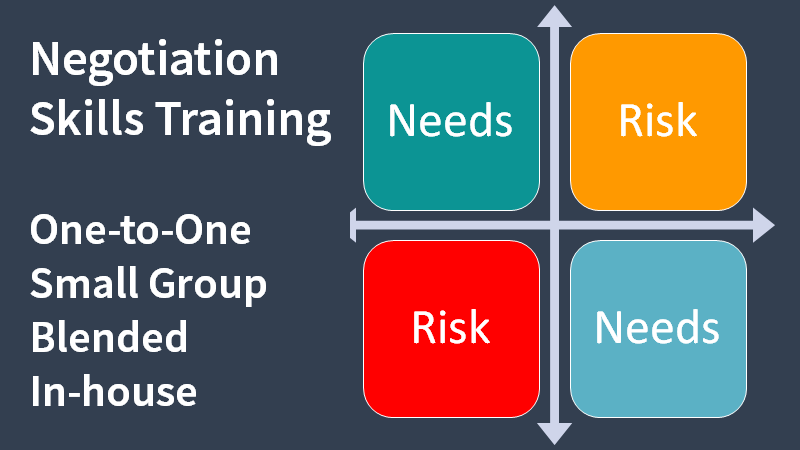On-the-job actions for qualifying sales prospects while developing sales qualification skills.

Use the workplace actions below to increase sales effectiveness and conversion rates while improving sales qualification skills:
- Sales qualification using public and published information.
- Qualify for the value you can bring to the prospect.
- Use a quantified qualification assessment to decline opportunities that won't happen, can't be won, or wouldn't be worthwhile.
Qualify suspects before you call with the following actions:
Use Ideal Prospect Profiles (see Prospecting Skills) to compare each suspects profile criteria with the those of an ideal prospect.
The criteria in your ideal prospect profile should be things that you can readily discover through a few Google searches.
If Google searches are not presenting what you need, improve your Google search skills by reading the Google search help page here.
Use a scoring system to indicate how closely suspects match the ideal prospect profile.
Score each of the suspect criteria on a scale of 1 to 5. If a suspect's corresponding criteria are as good or better than the ideal in the profile score it as 1, If the suspect's corresponding criteria are worse than the ideal in the profile, score it higher up to five to indicate how much worse it is compared with the criteria in the profile. When you have scored all the criteria, the sum of each score will give you a measure of divergence.
If you use all eight of the suggested criteria from the Prospecting Skills page, the maximum divergence score would be 40. The higher the divergence score, the poorer the match between your ideal prospect and the suspect.
Decide on a divergence threshold and resolve not to pursue any suspect that scores a higher divergence number.
Suspects with low divergence scores are very like the ideal prospect you have defined and therefore are highly likely to value what you sell.
These articles offer further ideas:
Qualify for the value that your products or services can deliver with the following actions:
Call low-level staff in a relevant department and explain that you are conducting a survey to find out if businesses like theirs are faced with similar challenges and ask if they will help.
Say that you have five questions and that it will take less than a minute. If necessary reassure them that they will be able to answer the questions and that their opinion is important.
Be ready with a list of the top five issues that are addressed by what you sell, expressed in the simplest and most general manner.
Say, "In your opinion, on a scale of 1 to 10, how significant is (insert each issue in turn) to your organisation?"
Continue asking about all five issues in the same way. When you have all the answers, thank the person and end the call.
Repeat this with as many different people as you think necessary. If the issues that your product or services address, don't seem important to this suspect, cross them off your list. You might try again in six months or a year to find out if things have changed.
Seek out customer staff who are senior enough or powerful enough to commit their organisation to a buying process.
Tell them about your survey and offer to share the insights from the responses that you have collected.
As you share the information, seek confirmation that each issue is significant, important, or something that must be addressed.
If there seems to be sufficient concern or interest in an issue, say, "Are you open to considering external solutions?"
If you get a 'yes' response say, "If we can prove to your satisfaction, that our (solution) can help you address this issue, would you be able to buy it?
This is likely to prompt the question, "How much will it cost?" So you say, "Without some investigation, I don't know, however, others in similar situations have had to spend between X and Y to get similar results. Would something in this range work for you?"
If you get a positive response to the money question ask, "What steps would the organisation need to take to satisfy itself that this is the right way forward?
If you are speaking with someone who can commit his or her organisation to a buying process and you still have momentum, your opportunity is qualified. There will be much work left to do but now it takes the form of a customer collaboration with you helping them buy.
If you can't start a dialogue with the powerful people, seek an intermediary who will admit the concern and has sufficient influence to introduce you to the powerful people.
Follow the steps above except where you ask, "Would you be able to buy it" and instead say,"Would you agree to introduce me to . . . " and here you name the person or people who are powerful enough to commit the customer to a buying process.
More actions for improving sales qualification skills:
Sales qualification with a quantified assessment that guides actions:
Compile a list of critical qualification factors that could be scored. Here is an example list that you can select from:
Each of the following statements could be scored according to its truth or accuracy based on the knowledge of the person scoring. Lack of certain knowledge should be indicated by a low score. Users can add additional statements to include aspects not addressed and leave out any not considered important.
- The customer is facing a serious problem or shortcoming that must be addressed to avoid unacceptable consequences.
- The costs and consequences of allowing things to remain as they are, are known and acknowledged by senior executives.
- Those senior executives most impacted by the problem or shortcoming agree that action must be taken.
- You can offer a solution that can resolve part or all of the problem or shortcoming.
- The customer has a budget or funding source sufficient to afford a solution you can offer.
- You helped the senior executives involved to form a differentiated buying vision that favours your solution.
- The customer executives who have the power to choose, prefer your solution.
- A written solution value analysis or business case has been compiled and accepted by the affected senior executives.
- The customer has shared or agreed with an evaluation plan that involves you or your organisation throughout the process.
- You understand the decision criteria and priorities of each key decision influencer.
- You are in touch with those representing the customer's financial and procurement interests.
- The opportunity represents worthwhile revenue and profit compared with the sales effort and time required.
- You know which competing solutions are being considered and why your solution will be chosen over the others.
- You are certain that the customer is competent to succeed with your solution.
- You are certain of your organisation's ability to deliver the solution.
Test your qualification assessment by scoring previously won and lost sales to see how it works.
As a rule of thumb guideline, a score of less than 50% indicates that you have more to do. A score of more than 50% suggests things are favourable for a win. Calibrate your final qualification assessment list by scoring past sales, both won and lost. The threshold may vary according to your natural optimism or pessimism.
Use your qualification assessment list on every important opportunity.
Score each opportunity at the beginning as a means of recognising what is left to do. Use the tool repeatedly as the sale progresses to recognise what is left to do and identify any vulnerabilities.
Score opportunities from a competitor's perspective to appreciate their thinking and develop a competitive strategy.
More resources and ideas for developing sales qualification skills:
Get the entire collection of over 100 hyperlinked on-the-job sales skills development actions together with our sales skills assessment in a neat indexed PDF document.
If you need to improve sales qualification skills or start a performance improvement programme, we can help. Telephone +44 (0)1392 851500. We will be pleased to discuss your needs or talk through some options. Alternatively, send an email to custserv@salessense.co.uk for a prompt reply or use the contact form here.


